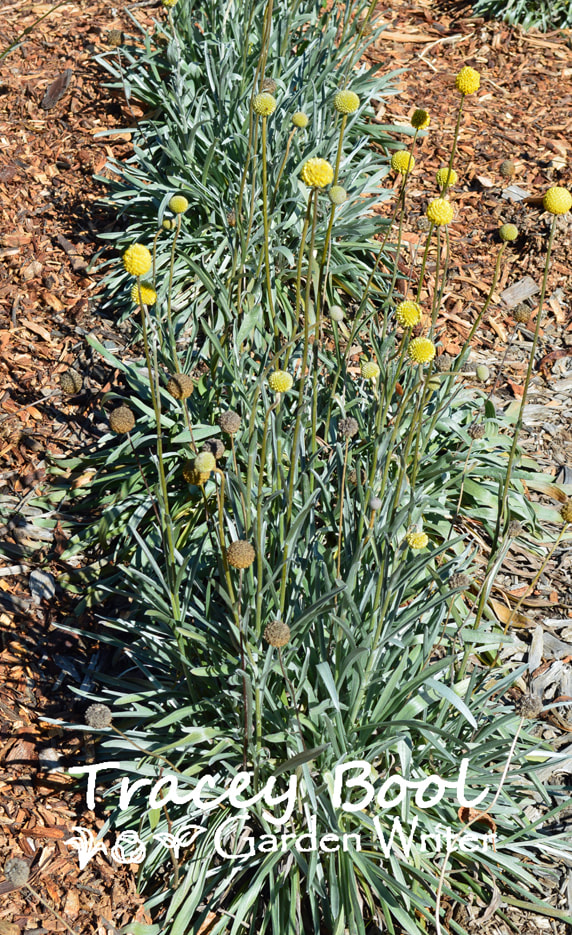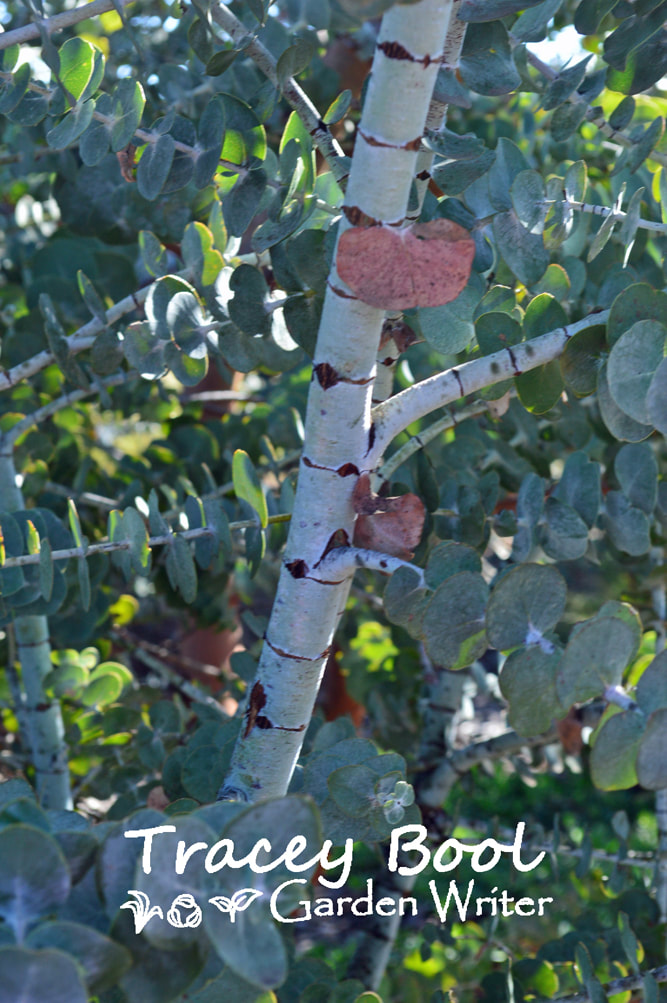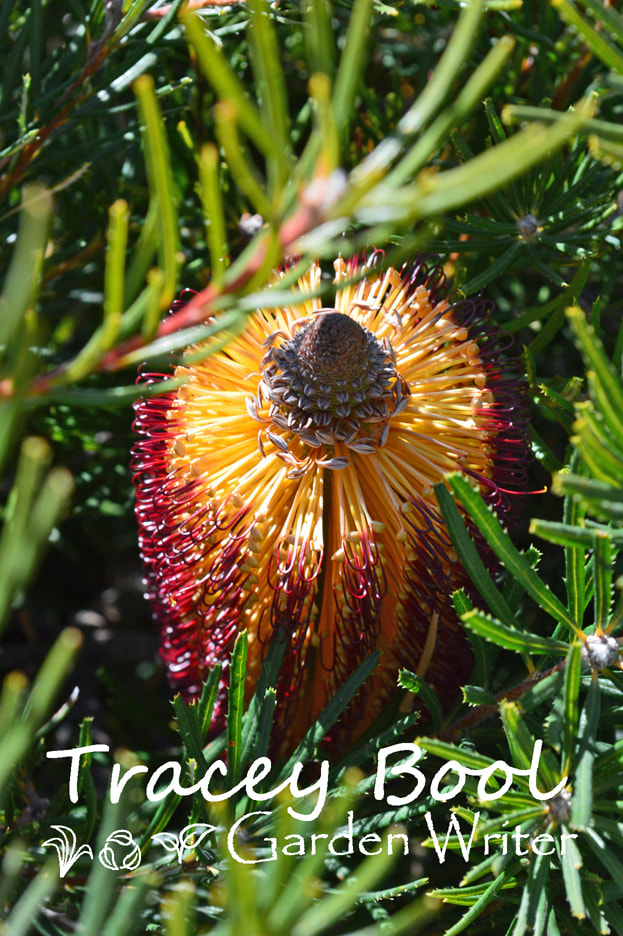|
Plants of Goulburn Wetlands
Goulburn Wetlands, a transformed nature wonderland and community space, is home to many species of native plants including locally occurring species. The following plants lend themselves beautifully to backyard gardening: Pycnosorus globosa, fondly known as Billy Buttons, is a showy perennial plant growing to approximately 50cmH x 30cmW, which can be herbaceous in harsh climates such as ours. Silver green foliage and long-lasting button yellow flowers appearing during spring and summer are its most outstanding qualities. Billy Buttons grows in sunny to partly shaded positions with good drainage and reliable moisture. They will tolerate occasional drying out, however. Mass plantings, foreground plantings and rockery plantings are just a few of its uses. Propagation of Billy Buttons is by division and seed – sow seed in spring once frosts have passed, either direct or in punnets of seed raising mix. Xanthorrhoea australis, commonly known as Grass Tree or Southern Grass Tree, is a member of one of Australia’s best-known plant subfamilies, largely because of their unusual and striking beauty. Xanthorrhoeas are very slow growing and can live for hundreds of years. Some species form single or multi-branched trunks up to several metres in height while others are trunkless. Single flower spikes are produced every few years or after fire. The rich nectar is attractive to pollinators and birds and is also used by Aborigines to make a sweet drink. Xanthorrhoeas grow in often impoverished soils and are intolerant of phosphorous. They are also susceptible to the soil borne disease Phytopthera. X. australis is one of the most widely occurring species of Grass Tree and can be identified by its cross section of roughly diamond-shaped silvery green leaves; they are approximately 15cm to 30cm in length and softer and less upright in appearance than other species. Older leaves brown off and form a ‘skirt’. Over many years it can form a trunk up to 3m and with branching up to 1m wide. Eucalyptus pulverulenta, commonly known as the Silver-leaved Mountain Gum, is a large shrub or small tree to around 6m tall and 3m wide. E. pulverulenta is considered rare and has a limited distribution in the Blue Mountains and Southern Tablelands. The stunning silver foliage is unusual in that it maintains its juvenile form into adulthood. It is adorned with clusters of lovely cream flowers during late autumn and spring, which are followed by large cup-shaped gumnuts. The bark is also a standout, giving this tree five stars for garden potential. E. pulverulenta makes a valuable inclusion in the garden, either as a single specimen or mass planted. There is also a dwarf form available, ‘Baby Blue’. E. pulverulenta grows happily in any well-drained soil and tolerates both dry and frost. It responds well to pruning. Banksia spinulosa, known as Heath Banksia, occurs naturally in the eastern states. It is popular in cultivation and grows anywhere from 1m to 3m. Large flower spikes from 10cm-20cm adorn its branches from spring to autumn. Flowers come in varying colours of browns, reds and golds. B. spinulosa needs a sunny position with well-drained soil and low lime. It tolerates both heat and cold, making it a great choice for the Canberra region. |
|




